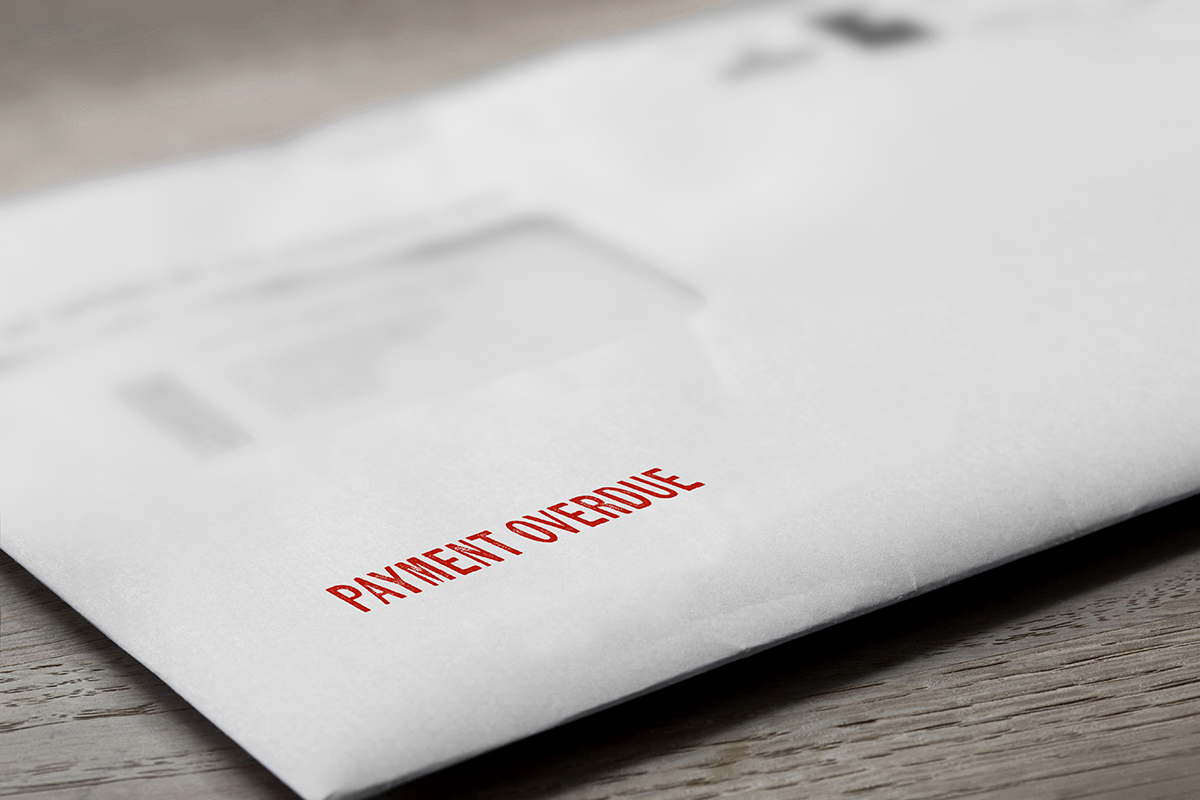The Impact of Involuntary Bankruptcy on Your Business
Involuntary bankruptcy is a complex and often distressing situation that can significantly impact your business. Unlike voluntary bankruptcy, which the debtor initiates, involuntary bankruptcy is initiated by creditors seeking to recover the debts you owe. This legal process can disrupt your business operations, damage your reputation, and affect relationships with stakeholders.
Definition of Involuntary Bankruptcy
Involuntary bankruptcy begins when creditors file a petition in bankruptcy court, believing that the debtor is not adequately addressing their obligations. For proceedings to commence, the debtor must have a significant amount of unmet debt that exceeds certain thresholds set by law.
Involuntary bankruptcy begins when creditors file a petition under bankruptcy court rule Section 303(a) of the Bankruptcy Code from Title 11- Bankruptcy. Creditors can initiate this process against any business that could qualify for voluntary bankruptcy under Chapter 7 or Chapter 11, excluding farmers, family farmers, and nonprofit organizations.
The Bankruptcy Code specifies the minimum number of creditors required to file the petition:
- If a debtor has more than 12 qualified creditors, then three or more creditors with at least $18,600 in unsecured claims can file an involuntary case (303(b)(1).
- If there are fewer than 12 creditors, one or more creditors with at least $18,600 in unsecured claims may initiate the case. [2]

The Potential Impact of Involuntary Bankruptcy on Your Business
Although it’s a rare form of bankruptcy, involuntary bankruptcy can have profound and far-reaching impacts on your business. Here are some potential consequences:
- Operational Disruptions: The initiation of involuntary bankruptcy can halt your business' daily operations as the company may lose control over its business decisions. You may be required to work under the supervision of a bankruptcy trustee, which can slow down decision-making processes.
- Financial Strain: Involuntary bankruptcy can lead to substantial legal and administrative costs. In addition, you may be forced to liquidate business assets to pay creditors, further straining its financial position.
- Reputation Damage: Being subjected to involuntary bankruptcy can tarnish your company’s reputation. Stakeholders, customers, and suppliers may lose trust in your business, potentially leading to a decline in sales and future partnerships.
- Loss of Customers and Clients: Existing clients may choose to take their business elsewhere out of concern for the stability of the company. New customers may be hesitant to engage with a business facing bankruptcy proceedings.
- Impacts on Creditworthiness: An involuntary bankruptcy on your record can severely affect your company’s ability to secure financing or favorable credit terms in the future. Lenders may perceive your business as a high-risk investment.
- Employee Morale and Retention: Employees may feel insecure about their job stability and may seek employment elsewhere, leading to a loss of talent and decreased morale among the remaining staff.
- Legal Issues: Involuntary bankruptcy may invite further legal challenges from creditors or other stakeholders who feel entitled to a claim against the company. The complexity of legal proceedings can divert attention and resources away from core business activities.
- Stakeholder Relationships: Relationships with vendors, suppliers, investors, and other stakeholders may be strained or severed as trust erodes and concerns about financial stability grow.
- Asset Liquidation: In many cases, the court may mandate the liquidation of assets to repay outstanding debts. This can impact the long-term viability of the business and its ability to operate effectively.
- Future Business Operations: A company emerging from involuntary bankruptcy may find it challenging to resume normal operations. They could face increased scrutiny from creditors and the market, requiring significant effort to rebuild their reputation and financial standing.

What Triggers an Involuntary Bankruptcy Petition?
An involuntary bankruptcy petition can be triggered by several key factors:
- Failure to Pay Business Debts: If a debtor does not pay undisputed debts as they come due, creditors may see this as a sign that the debtor is unable to meet financial obligations.
- Non-Response to Petition: If a debtor fails to contest the involuntary bankruptcy petition filed against them in a timely manner, the court may grant the petition.
- Threshold of Creditors and Claims: To qualify for involuntary bankruptcy, a certain number of creditors holding a specific amount (at least $18,600 in unsecured claims) must be involved in the filing.
Types of Creditors Who Can File Involuntary Bankruptcy
Involuntary bankruptcy petitions can be filed by different types of creditors, provided they meet certain criteria. Here are the main types of creditors who can initiate an involuntary bankruptcy case:
- Unsecured Creditors: These creditors are owed money that is not backed by collateral (e.g., loans or credit lines). Common examples include suppliers, vendors, and service providers. They must hold qualifying, unsecured claims totaling at least $18,600 to file.
- Judgment Creditors: Creditors who have obtained a court judgment against the debtor for unpaid debts can file an involuntary petition. They must demonstrate that the debtor is not paying the judgment amount.
- Trade Creditors: Suppliers or vendors that have extended credit to the debtor for goods or services can initiate an involuntary case if their claims meet the eligibility thresholds.
- Secured Creditors (under specific conditions): While secured creditors typically hold claims backed by collateral, they can also file an involuntary bankruptcy petition under certain circumstances if their secured interests are not being honored.
- Multiple Creditors: In situations where the debtor has more than 12 creditors, at least three creditors with combined unsecured claims of at least $18,600 can collectively file a petition.
- Single Qualifying Creditor (in specific cases): If the debtor has fewer than 12 creditors, a single creditor with an unsecured claim of at least $18,600 can file an involuntary case on their own.

If you are involved in an involuntary bankruptcy, contact Frego & Associates’s bankruptcy lawyer today for expert guidance and support.
Sources:
[1] Table F-2A and Table F-2B. (2023). U.S. Bankruptcy Courts-Voluntary and Involuntary Bankruptcy Cases Filed, by Chapter of the Bankruptcy Code, During the 12-Month Periods Ending June 30, 1990, and September 30, 1995 Through 2023 [Report]. https://www.uscourts.gov/sites/default/files/data_tables/jff_7.2_0930.2023.pdf
[2] Kenton, W. (2024, July 18). Involuntary Bankruptcy: What it is, How it Works. Investopedia. https://www.investopedia.com/terms/i/involuntary-bankruptcy.asp




